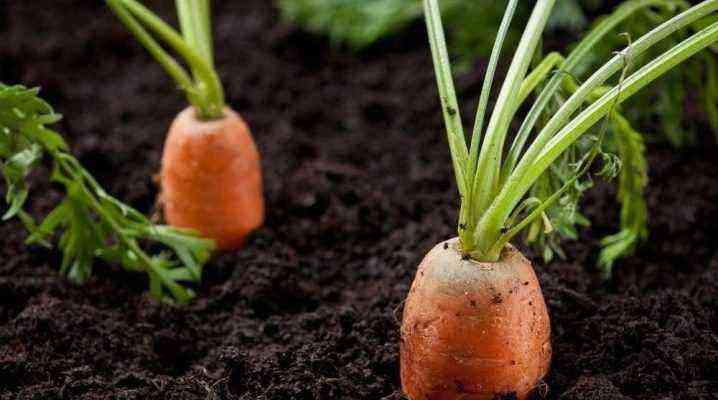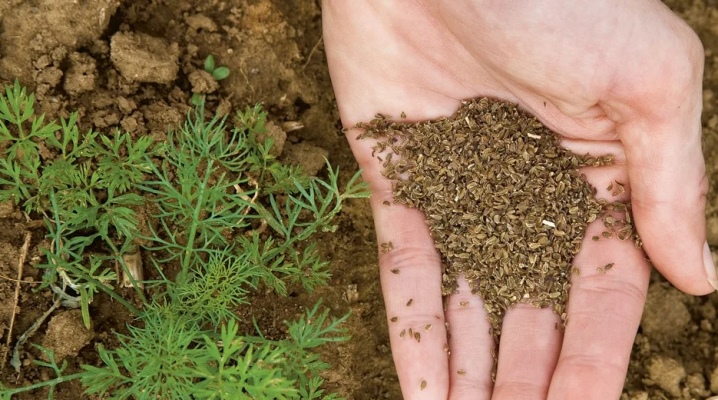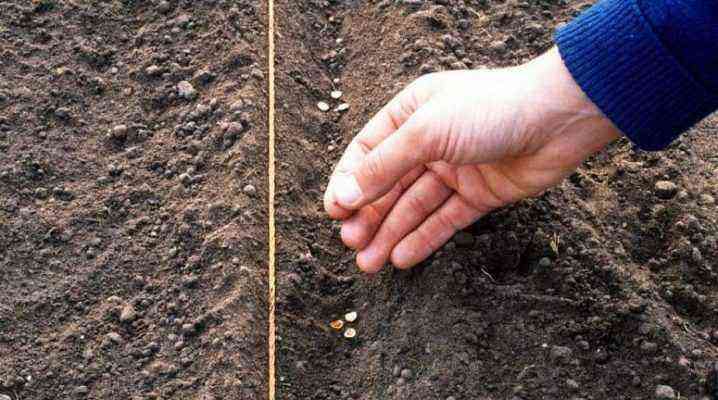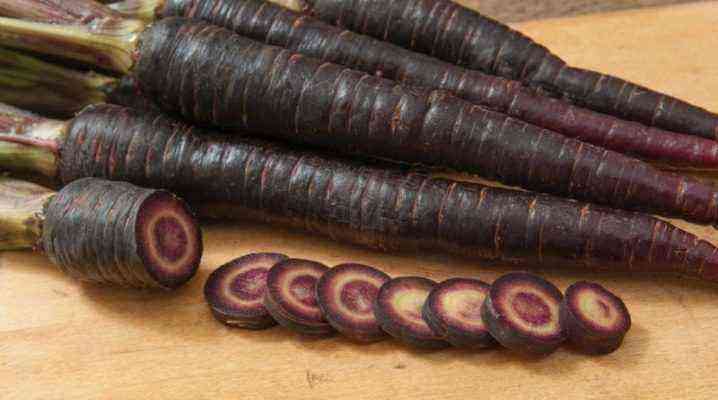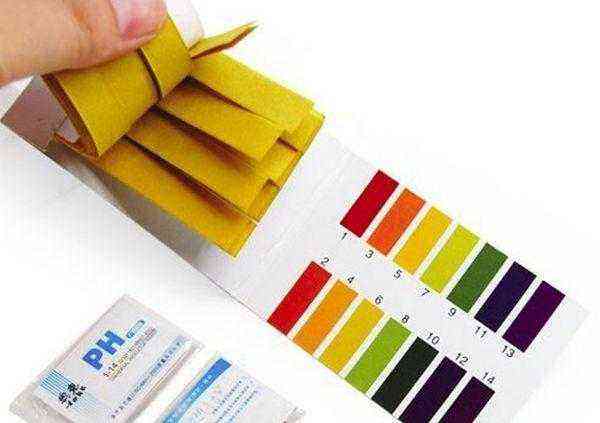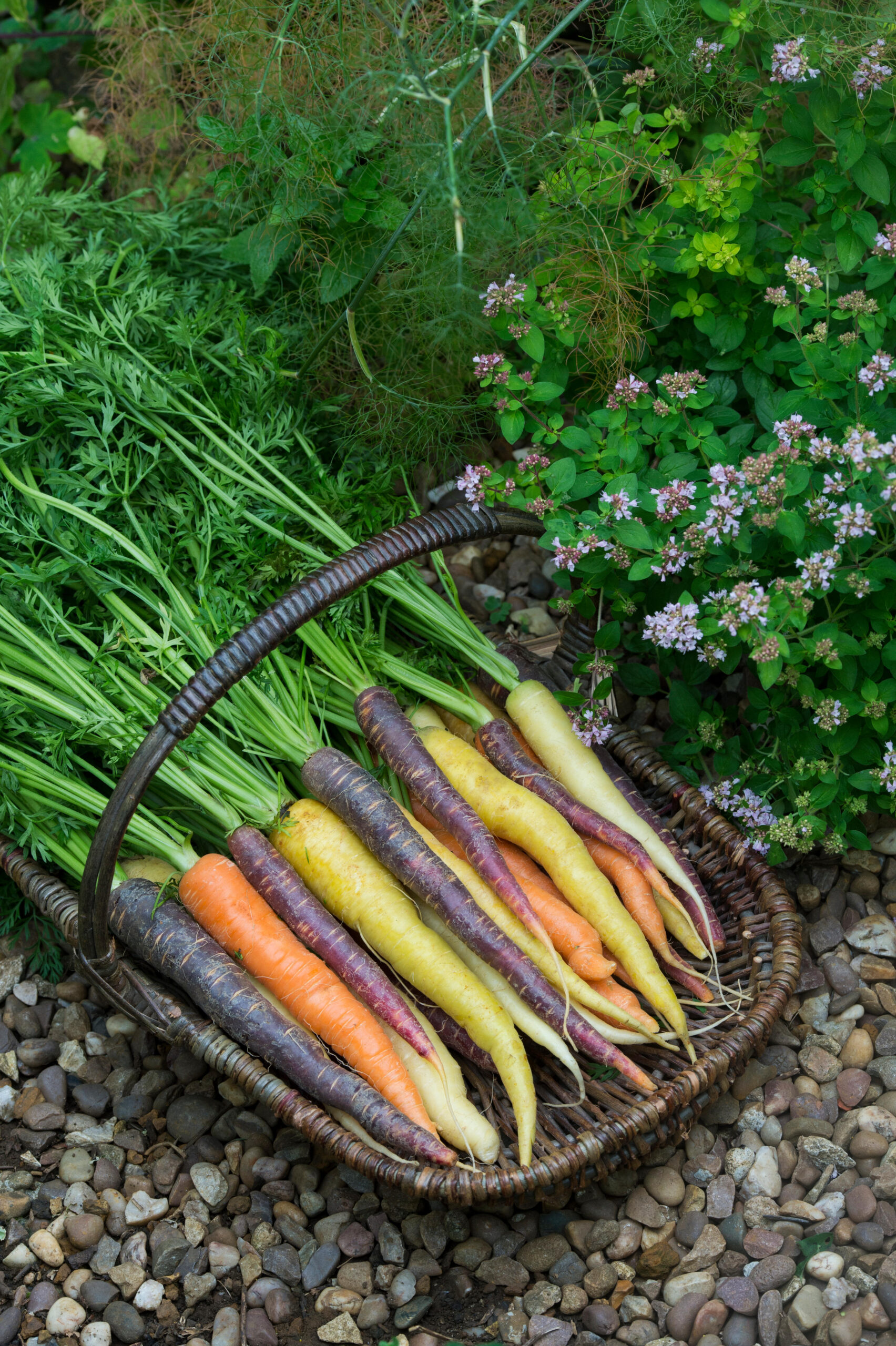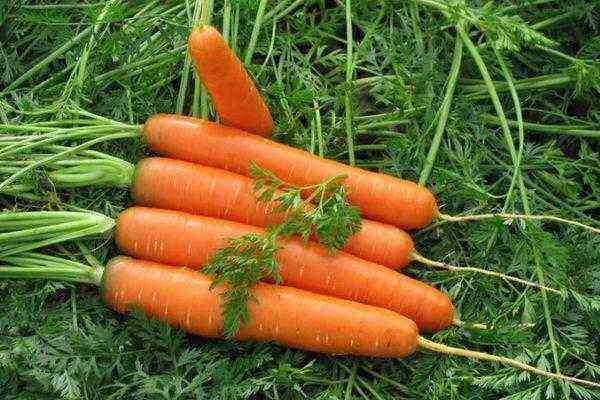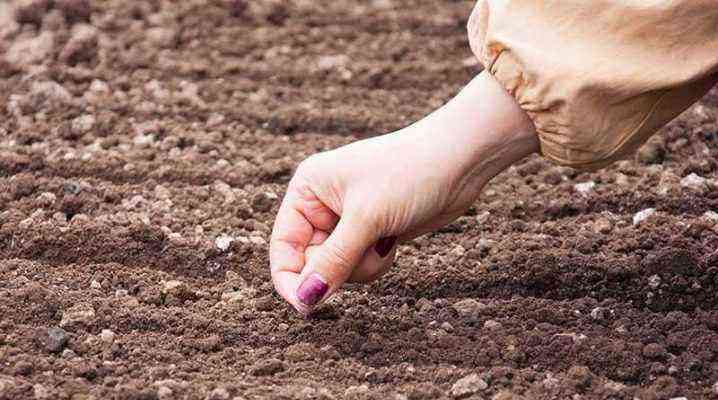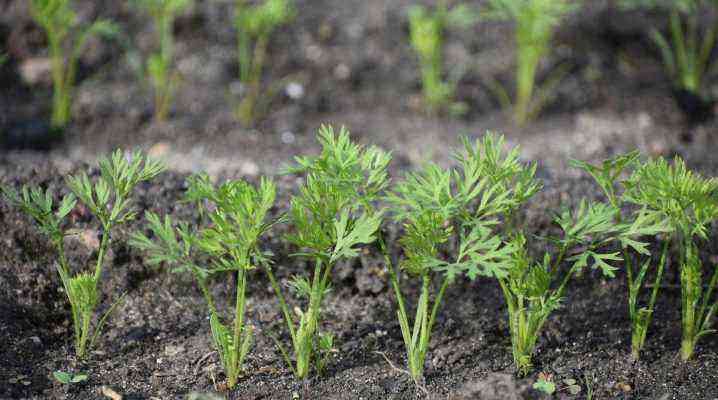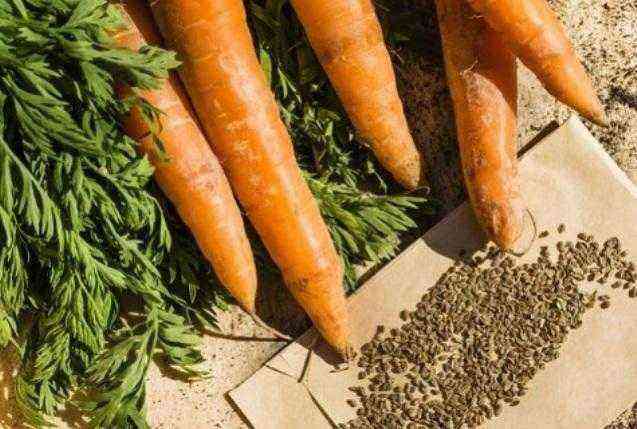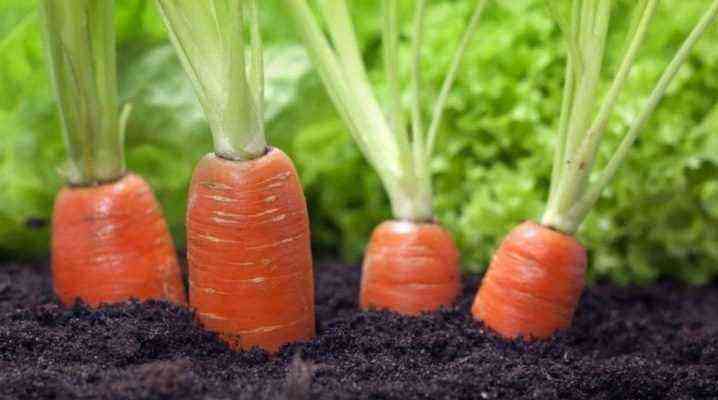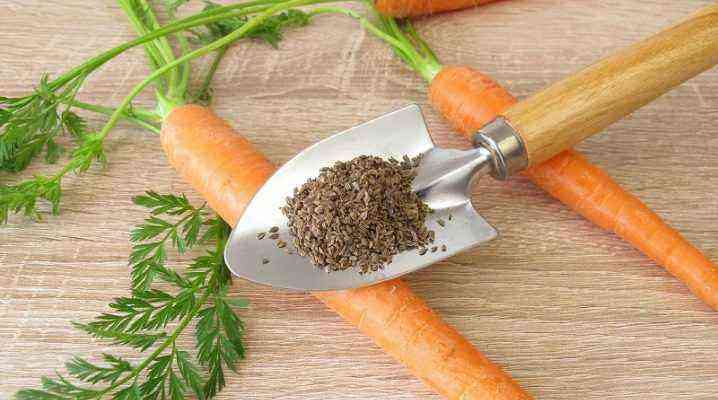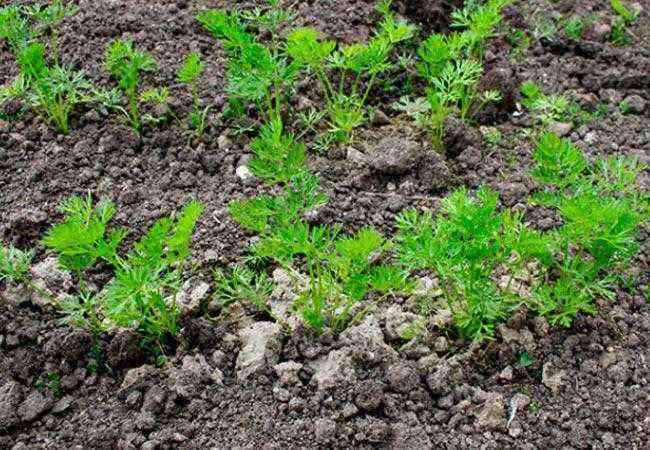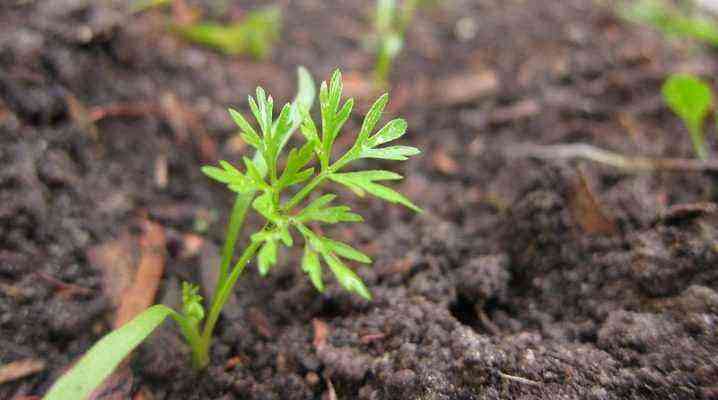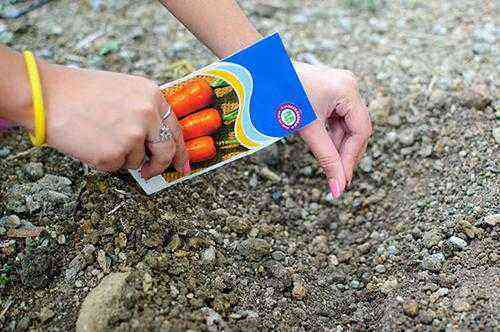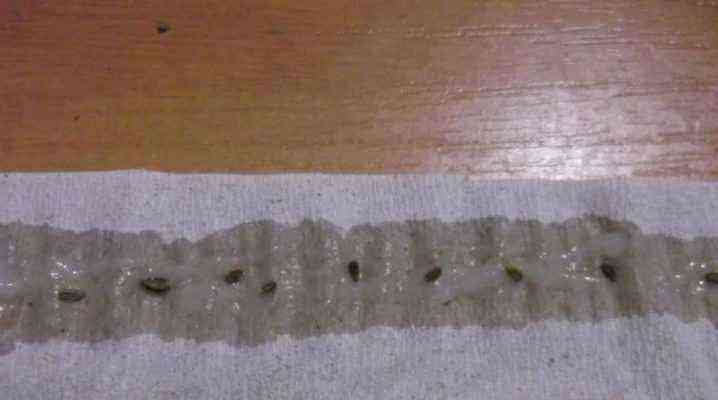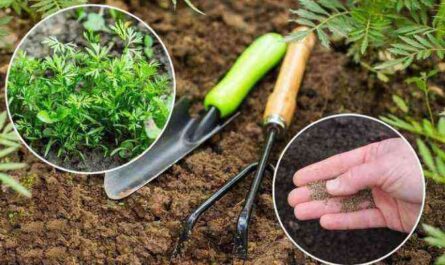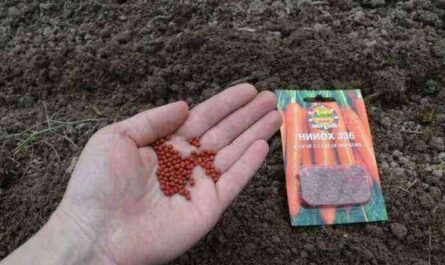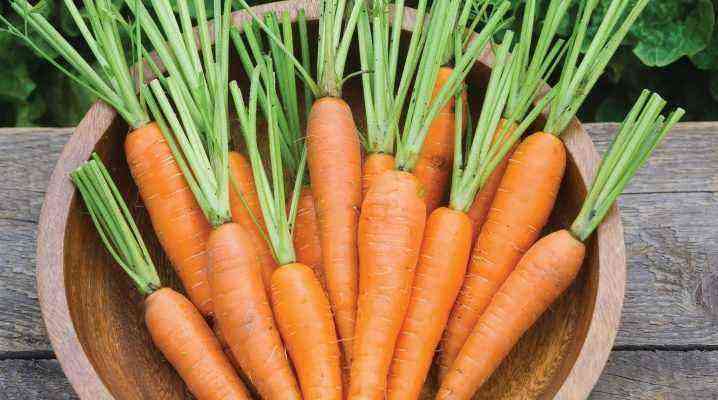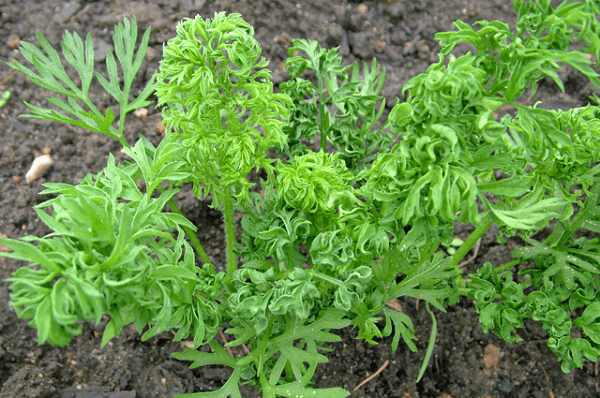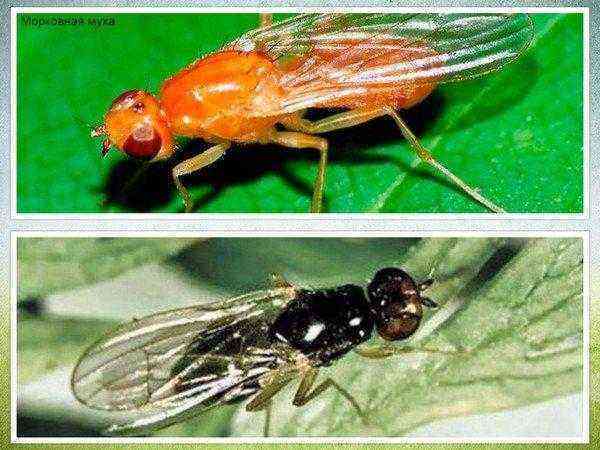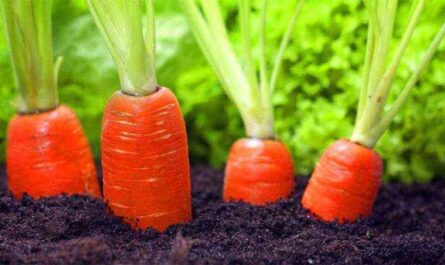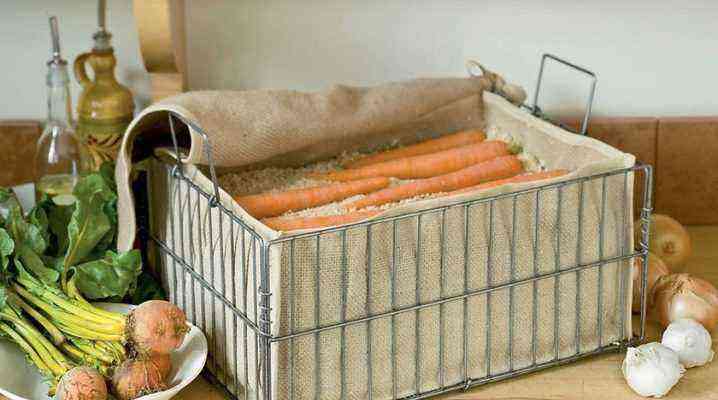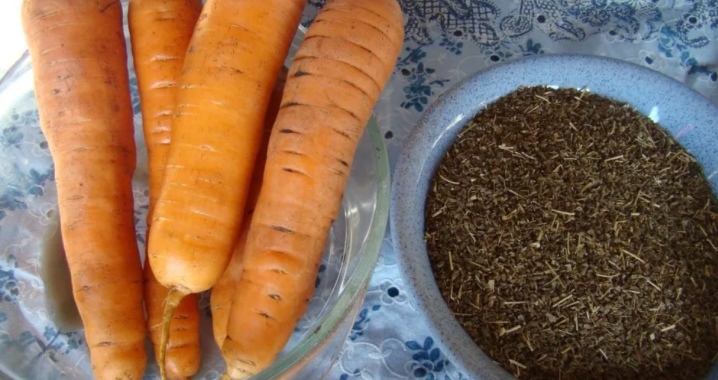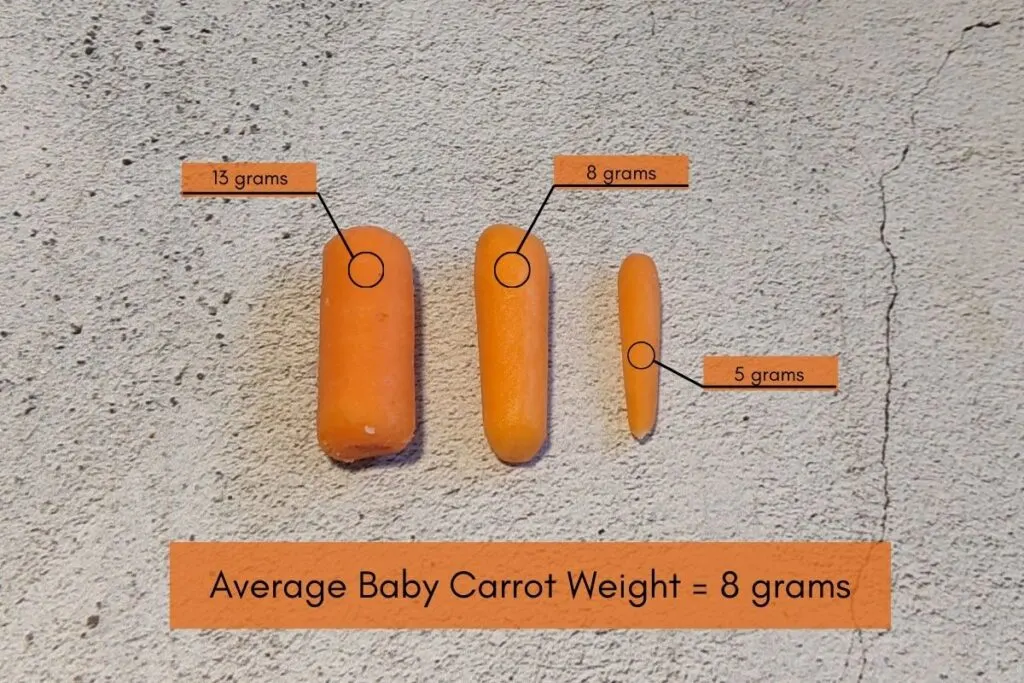The yield depends on the quality and compliance with the periods of fertilizing for carrots. The culture is fertilized with both natural biostimulants (mullein, compost and others) and ready-made mixtures. It is especially important to apply fertilizers containing nitrogen, manganese and other micronutrients in cases where carrots are grown in poor soils.
The need to feed
Top dressing is necessary for the rapid growth and normal development of carrots. Fertilizers also affect the taste of the root crop. It is especially important to use boric acid, which:
- increases the sugar content;
- regulates carbohydrate metabolism;
- supports protein metabolism.
In the absence of a sufficient amount of boron and other trace elements, leaf necrosis develops (the green part dies off) and the veins in carrots fade. Active fertilization negatively affects the condition of the root crop. An excess of trace elements leads to a decrease in shelf life and a deterioration in taste.
The frequency of top dressing depends on the characteristics of the soil. When grown in marginal soils, the crop is fertilized up to four times per season.
What substances do you need?
For the normal development of carrots, a fruit and vegetable crop requires a constant supply of the following trace elements:
- potassium;
- nitrogen;
- phosphorus;
- manganese;
- barium;
- boron (boric acid);
- iodine.
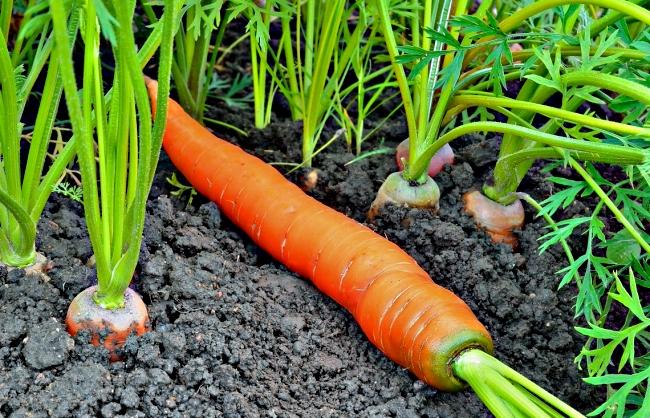
At the same time, it is not recommended to be limited only to fertilizers containing the above microelements. For the normal development of root crops, a complex of nutrients is required.
Nitrogen
Nitrogen is needed at the beginning of the growing season. Without this trace element, the process of photosynthesis is disrupted, as a result of which the root crop becomes lethargic and develops slowly. But due to the fact that nitrogen stimulates the growth of fruit and vegetable crops, the plant should be fed before the onset of summer. If the gardener continues to introduce this component into the soil, then the tops begin to grow profusely. Because of this, the root crop experiences an acute deficiency of trace elements, which leads to a decrease in the shelf life and size of carrots.
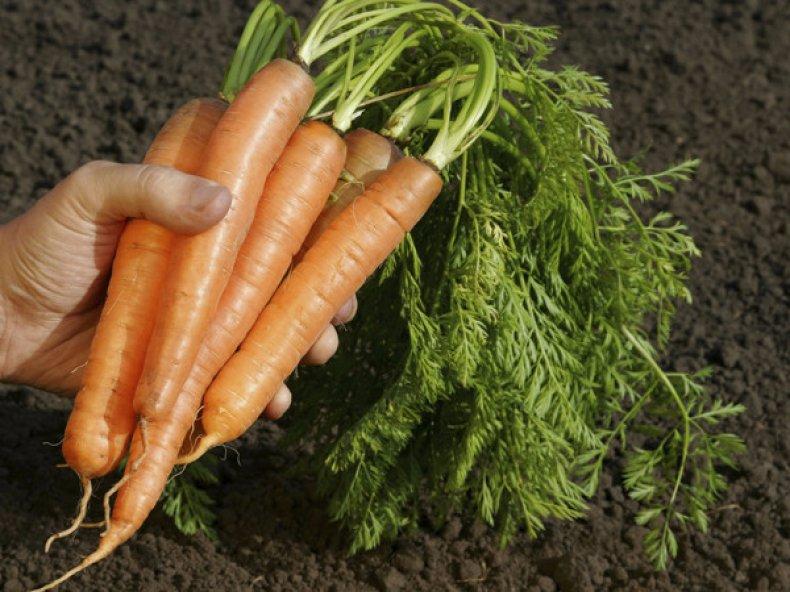
potassium
Potassium is added during the period of active growth of carrots. The mineral promotes photosynthesis, thereby ensuring the normal development of the root crop. At the same time, carrots are fed with potassium in the second half of summer. In such cases, wood ash is used, due to which the size of the fruit increases, and the likelihood of weed growth in the garden and the appearance of pests is reduced.
Phosphorus
Phosphorus is also recommended to be applied after planting the crop in the garden. Due to the lack of a mineral, the tops acquire a red or purple hue, which indicates the inhibition of the photosynthesis process. This leads to the fact that the fruits become small, and the taste of carrots deteriorates.
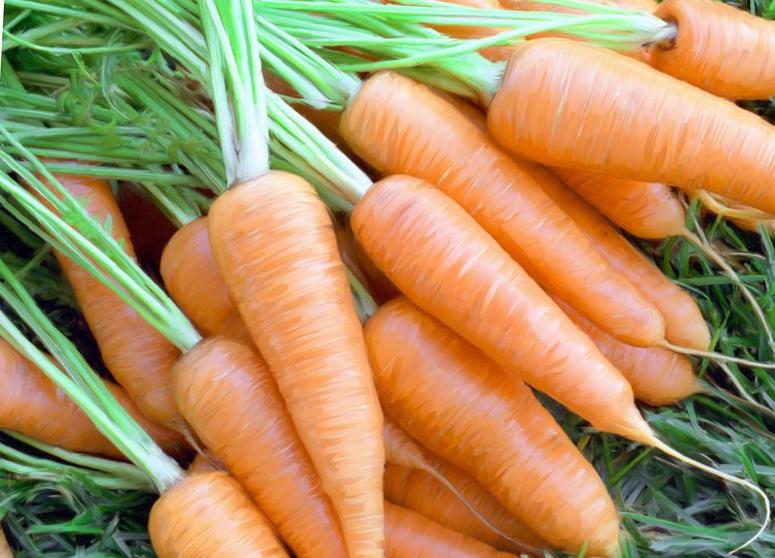
manganese and barium
Treating the soil with potassium permanganate before planting reduces the likelihood of infection of the crop. However, in relation to carrots, this procedure is often neglected. This is explained by the fact that this culture does not experience an acute need for a constant supply of manganese and barium. But with an acute deficiency of minerals, spots appear on the tops, and the root crops do not gain sufficient mass.
Bor
Treatment of carrots with boric acid is considered necessary. Without this trace element, the tops begin to die off, which is why the plant develops longer, and the root crops do not gain enough sugar, which negatively affects the taste. Boric acid is recommended to be introduced in the second half of summer.

Iodine
The intake of iodine is necessary at all stages of the development of carrots, starting with the germination of seeds. This trace element protects against diseases and pests, improves the taste of fruits.
How to choose fertilizer?
It is believed that carrots are an unpretentious crop. However, the plant makes certain requirements for the growing zone. Carrots do not develop well in insufficiently loosened and dry soil, fertilized with manure or chicken droppings. Under such conditions, the root crop shrinks and acquires an unpleasant aftertaste.
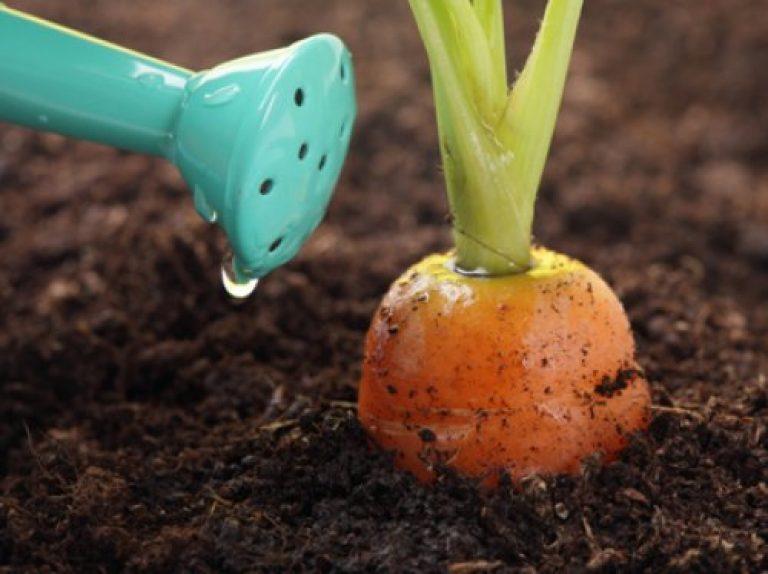
Natural biostimulants
For feeding culture use:
- ash;
- mullein;
- compost;
- lime;
- infusion of nettle;
- decoction of burdock and chamomile;
- humate;
- chicken manure;
- yeast;
- urea.
Processing carrots with folk remedies has fewer advantages than disadvantages. Natural biostimulants do not contain “chemistry” and do not require high costs for the purchase of the necessary ingredients. At the same time, it is difficult to calculate the exact dosage of such funds, and therefore such fertilizers often harm plants.
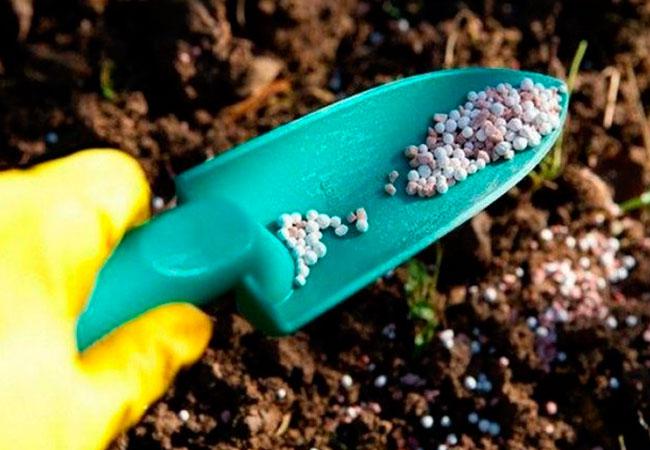
Ash
It is recommended to fertilize carrots with wood ash to increase the concentration of sugar in the root crop. This tool is used both in a “pure” form, and as one of the ingredients of the fertilizer. To prepare top dressing, you will need to mix 2 cups of ash and a bucket of boiling water, and then insist for several days.
Mullein
Most crops grown outdoors are fed with mullein. This fertilizer is pre-mixed with water in a ratio of 1:5 and applied between the beds. For carrots, an infused and rather rotted mullein is suitable. Fresh manure harms root crops.

Compost
Compost is applied in autumn, after harvesting, at the rate of 7 kilograms per square meter. This will increase the fertility of the soil.
Lime
Lime will be required to alkalize the soil (to normalize the pH level with increased acidity). The procedure is carried out 3-4 weeks before planting. However, gardeners do not recommend the use of lime in the beds where carrots are grown. Because of this substance, the root crop becomes branchy.
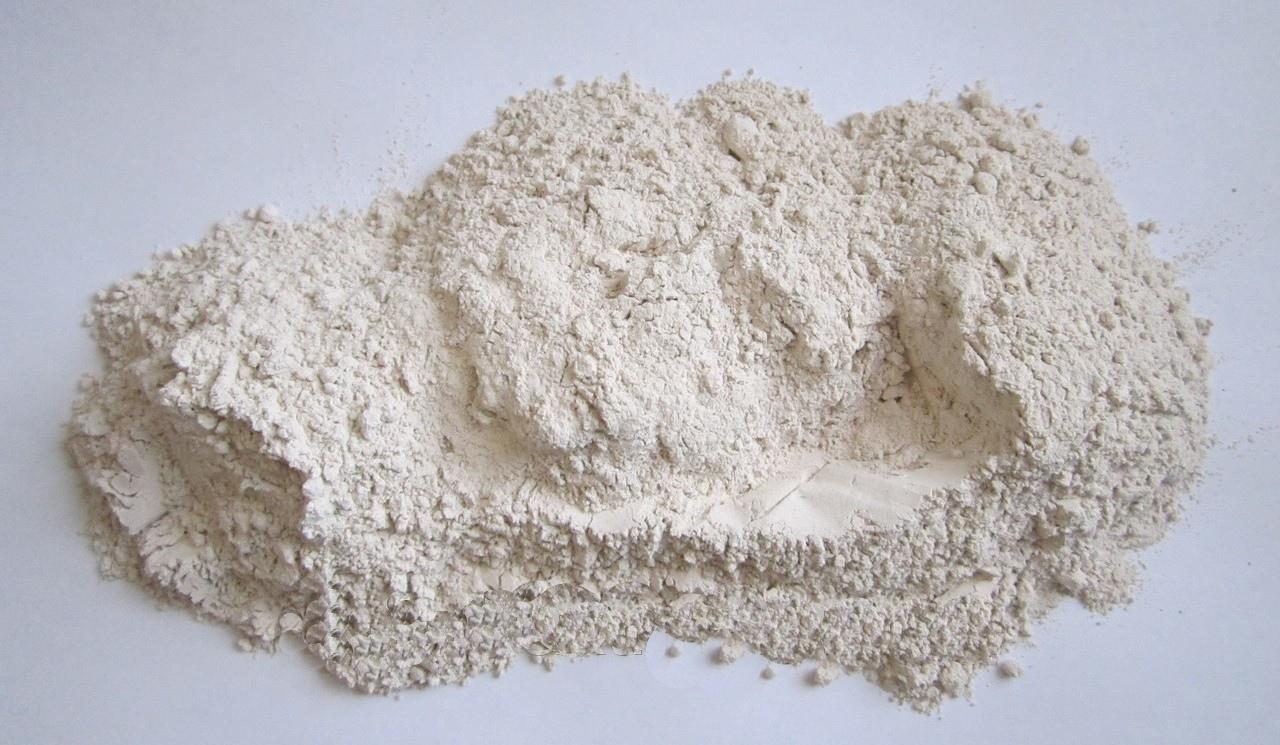
Nettle infusion
Nettle infusion is used during the formation of root crops. This folk remedy promotes a set of sugars and prevents the development of the disease. To improve the quality of carrots, gardeners recommend adding yeast and wood ash to the nettle infusion. The first substance accelerates the fermentation process, and the second supplements the nutrient mixture.
To get an infusion, it is enough to fill ¾ of the prepared container with nettle, pour water, add the indicated components and leave for several days in the sun.
The resulting mixture should be processed carrots at the rate of one bucket per bed.
Decoctions of burdock and chamomile
This recipe is suitable for all types of soil and is used to stimulate plant growth. A decoction of burdock and chamomile (the ingredients are mixed in equal proportions and poured with a bucket of boiling water) is recommended to water the carrots during the mass gain period.
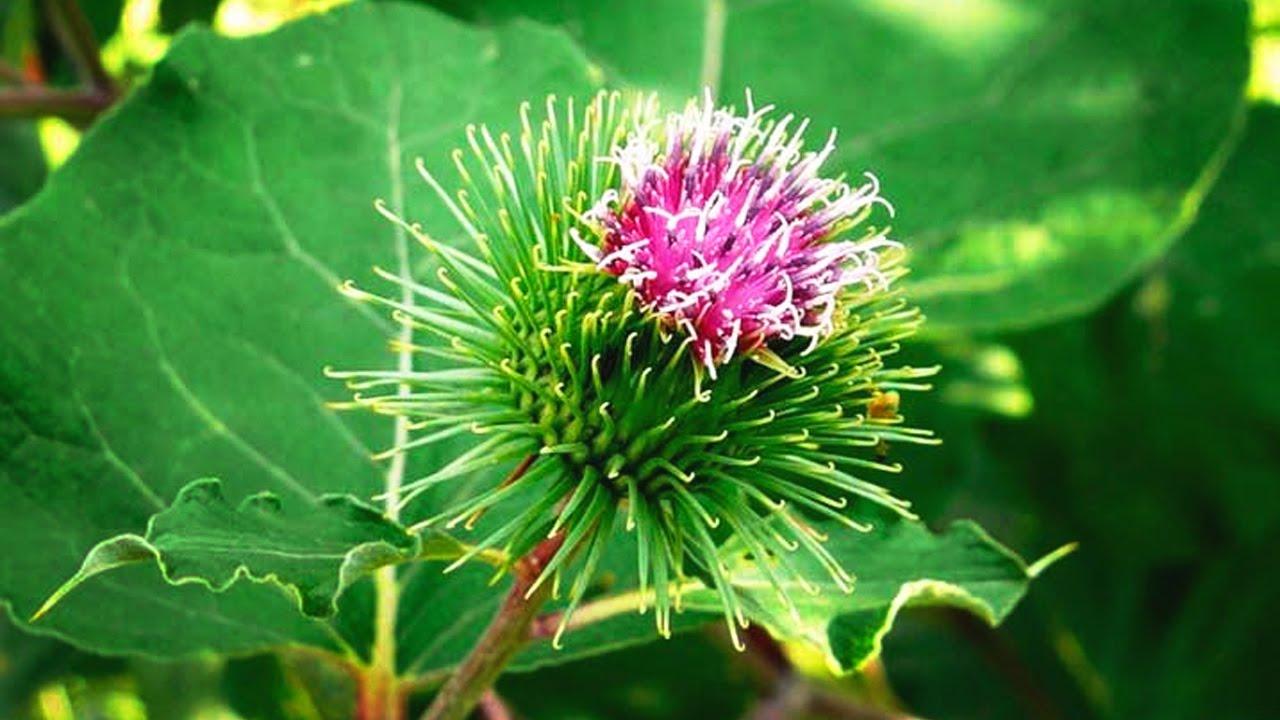
Rubber solution
Humates (natural humus) are used at different stages of carrot development. In a “pure” form, this substance is applied to the soil a few days before planting. And three weeks before harvesting, it is recommended to spray the tops with a solution of 1 gram of humate and 10 liters of water with the addition of nitrogen fertilizer. This procedure promotes a set of sugars.
Diluted chicken manure
Before watering the bed, chicken manure is diluted in water in a ratio of 1:10. Then the mixture is infused for a day. At the end of the allotted time, one part of the solution is re-mixed with 10 parts of water. This mixture is recommended to be applied before planting carrots.
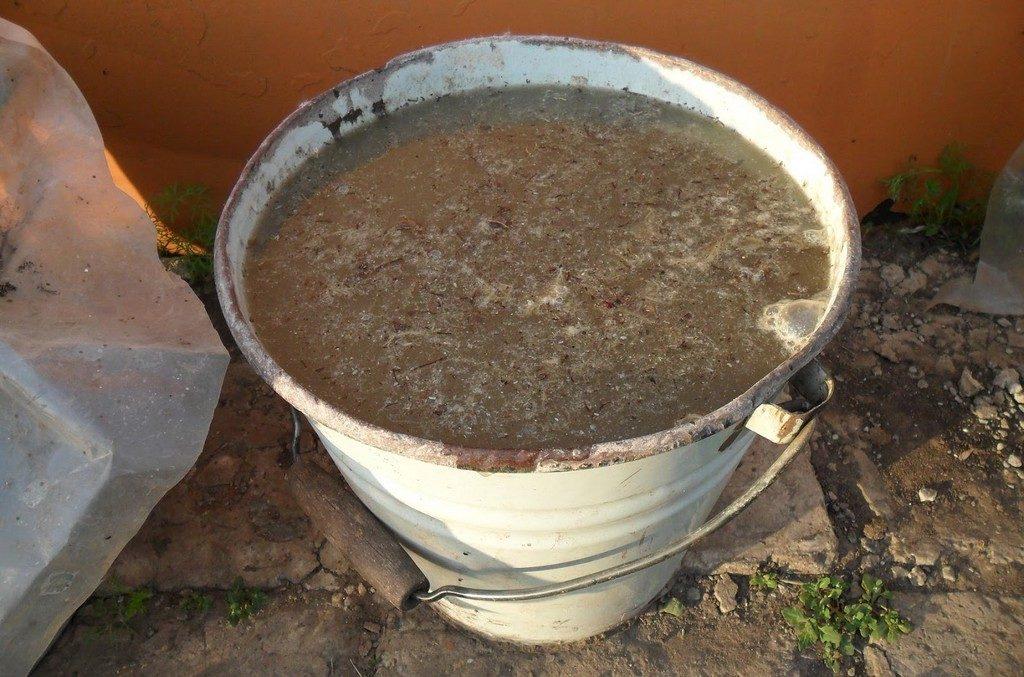
Yeast
The yeast mixture is used to accelerate the decomposition of organic fertilizers. This remedy is applied simultaneously with natural biostimulants. And it is important to use a small amount of yeast. Otherwise, the soil will become stony.
Urea
Urea is used when there are signs of nitrogen deficiency. Also, this tool is suitable for the prevention of pest infestation. To do this, you need to add no more than 20 grams of urea per square meter.

Ready-made complex fertilizers
Carrots do not like organic fertilizers. However, subject to the introduction of such dressings in the fall, the culture germinates well on the site. For carrots, it is recommended to use complex fertilizers containing:
- nitrophosphate;
- nitroammophoscu;
- azophos;
- nitrophos;
- ammophos.
These fertilizers contain 2-3 components that stimulate the development of the crop.

Phytosporin-M
Fitosporin-M contains hay bacillus, which simultaneously stimulates the decomposition of organic matter and inhibits the activity of pathogenic bacteria and fungal spores. This tool is allowed to be used at all stages of development of root crops. Fitosporin-M is available as a solution, powder or paste. The last two must first be diluted with water in the proportion indicated on the package.
The dosage of the substance is determined depending on the purpose of the application. To accelerate the germination of seeds, planting material must be placed in Fitosporin-M solution for 2 hours. To disinfect the soil, it is necessary to dilute 5 grams of the powder in 10 liters of water and treat the soil with a mixture.

Fitosporin-M is safe for humans and compatible with most common insecticides. The tool is allowed to process carrots shortly before harvesting (root crops must be thoroughly washed).
Trichodermine
Trichodermin is an antibiotic that inhibits the development of fungal spores. The drug also stimulates the development of fruit and vegetable crops. Trichodermin is recommended to be used only for the prevention of infection, in winter or early spring. The drug is used to disinfect the soil.
Weeds must be removed before cultivation. This is explained by the fact that Trichodermin stimulates plant growth. Therefore, after making the funds in the garden, the number of weeds increases significantly.
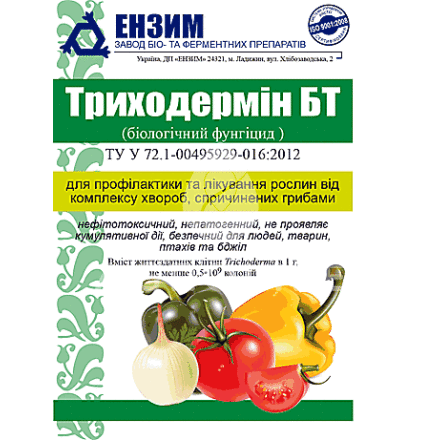
Gamair
Gamair is mainly used for processing shrubs, trees, tomatoes and cucumbers. But the tool can also be used for pre-sowing preparation of carrot seeds or for the treatment of root crops. This biological preparation, produced in the form of tablets and powder, prevents the development of fungal diseases characteristic of the middle latitudes of Russia.
Gamair is also able to improve the bacterial composition of the soil by destroying pathogenic microorganisms.
Gliokladin
Glyocladin has a wide spectrum of action. The tool is used for pre-sowing preparation of crops, in order to prevent bacterial and fungal infections. Gliocladin is based on specific microorganisms that are safe for humans. The dosage of the substance is determined depending on the place of growth of the treated plant. Glyokladin is forbidden to be used for spraying tops and in acidic soils.
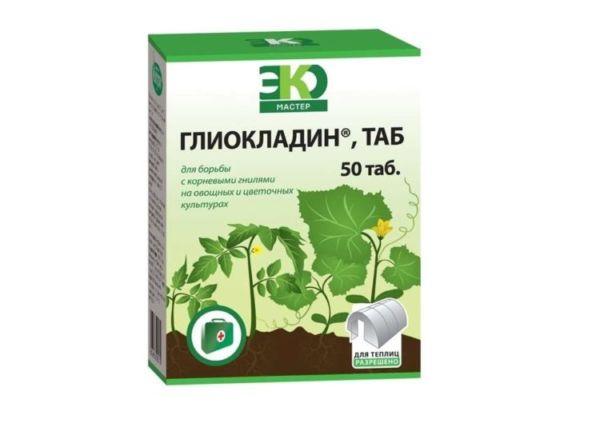
Uniflor button
Uniflor-buton is a universal preparation suitable for various fruit and vegetable crops. The tool contains a set of trace elements necessary for growth. In this case, the main component is potassium. Uniflor-buton is used for pre-sowing preparation of seeds or after planting. In the second case, the agent is sprayed onto the tops of carrots when signs of wilting appear.
Agricola
Agricola is an inexpensive product used for fertilizing fruit and vegetable crops. The drug contains potassium, magnesium oxide, nitrogen and phosphorus, necessary for the normal development of root crops. There are several varieties of this tool, each of which is suitable for a particular culture.

Agricola is used to feed carrots three times per season. For the first time, the agent is applied to the soil 20 days after planting. Then the plant is sprayed every 15 days. Before treatment, it is necessary to mix 25 grams of the drug with 20 liters of water.
Important rules
To achieve fast shoots of carrots, it is recommended to follow the following rules:
- apply liquid fertilizers to moist soil;
- nitrogen fertilizers are applied up to half of the growing season;
- apply dosed organic fertilizers;
- refuse to use dressings containing chlorine;
- avoid planting carrots after liming the soil.
In the summer, only foliar (between rows) liquid top dressings are applied. During this period, it is allowed to fertilize the plant no more than two times.
Also, gardeners recommend making mineral dressings shortly before harvesting. This will reduce the concentration of nitrates in the root crops and make the carrots sweeter.
When fertilizing a crop, it is recommended to pay attention to the condition of the soil and tops, and, based on external signs, apply a specific agent.
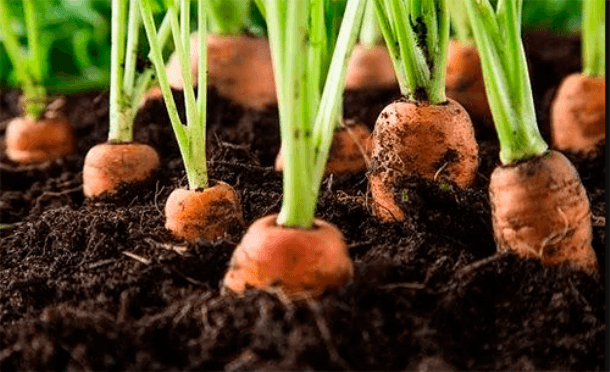
Feeding scheme
The feeding scheme for carrots depends on the type of soil in which the crop is planted. More often, the plant is fertilized up to three times per season, taking into account the pre-sowing preparation of the beds. But, if necessary, gardeners make mineral supplements shortly before harvest.
First
In the spring, a month before sowing in the garden, it is necessary to add vermicompost. Then, 2-3 days before planting, the soil is fertilized with humates (mainly wood ash is used). Also, to accelerate the start of carrot growth, it is recommended to apply mineral fertilizers at the rate of 65-85 grams per square meter.

The second
A month after the appearance of the first shoots, the bed is fertilized with nitrogen fertilizing. During this period, it is recommended to use urea (25 grams per 10 liters of water), nitrophoska (a teaspoon per bucket) or potassium humate (2 tablespoons per bucket).
The third
In summer (20 days after the second top dressing), mineral fertilizers with nitroammophos are applied to the soil. During this period, it is not recommended to use organic matter or carry out liming of the soil.
Last
50 days after the appearance of the first leaves, the last dressing is applied. In this case, mineral fertilizers are used, which include potassium sulfate. Such top dressing has a positive effect on the taste of the root crop.
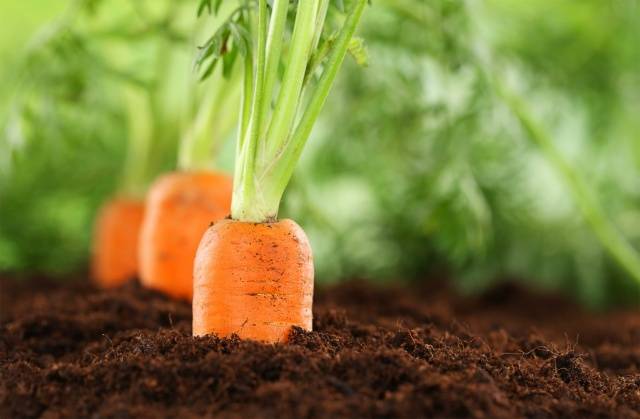
Foliar
As a foliar top dressing, an infusion of wood ash is usually used. This tool prevents the development of bacterial and fungal diseases. And to improve the taste, gardeners use humates. Tops are processed last. Thanks to humates, nutrients “go down” to the root crop, saturating with sugars and increasing the juiciness of carrots.
What does not love?
The introduction of dressings according to the indicated scheme is not the only requirement that carrots make to the place of growth. The composition of fertilizers, care features and the frequency of watering affect the development of the plant.
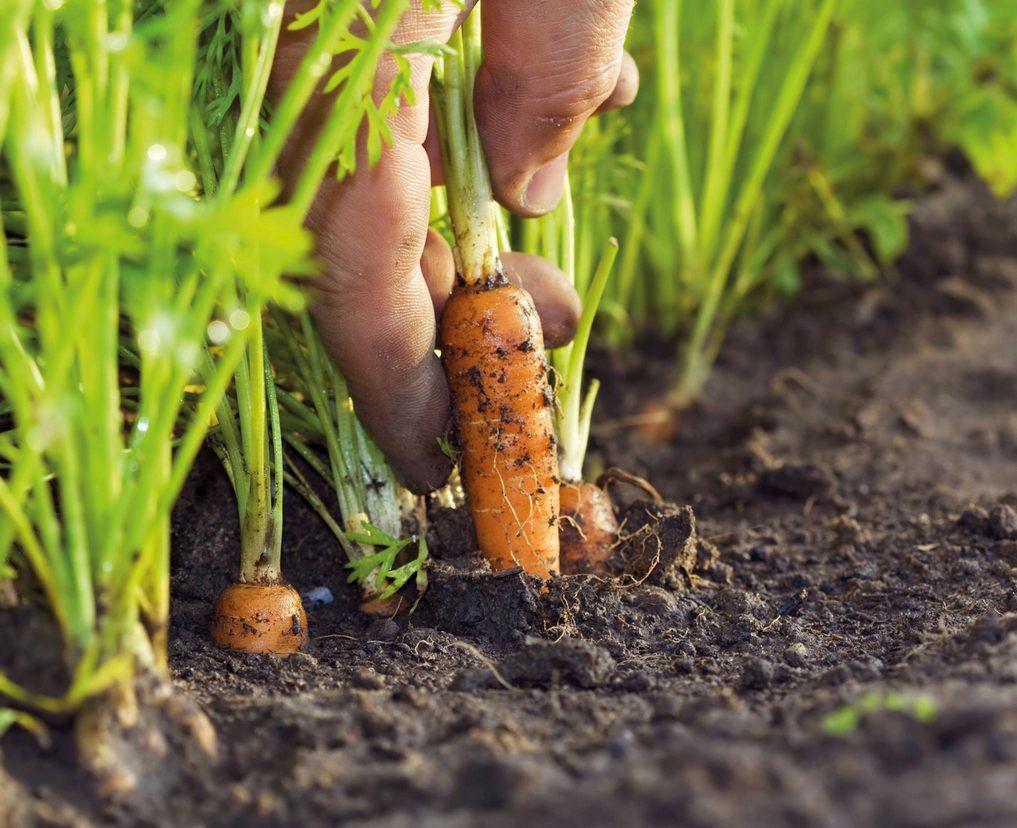
Do not use fresh organic matter as top dressing. Carrots are especially difficult to tolerate fresh or unripe manure. Because of this fertilizer, the root crop begins to rot in the soil. It is also necessary to strictly observe the dosage of nitrogen-containing top dressing. An increase in the concentration of this substance in the soil leads to the fact that the root crop begins to branch in the process of development.
Chlorine
Fertilizers containing chlorine interfere with the normal development of the root crop. When such dressings are added to the soil during the growing season, carrots shrivel or become branched. In addition, the use of chlorine adversely affects the taste of the fruit.
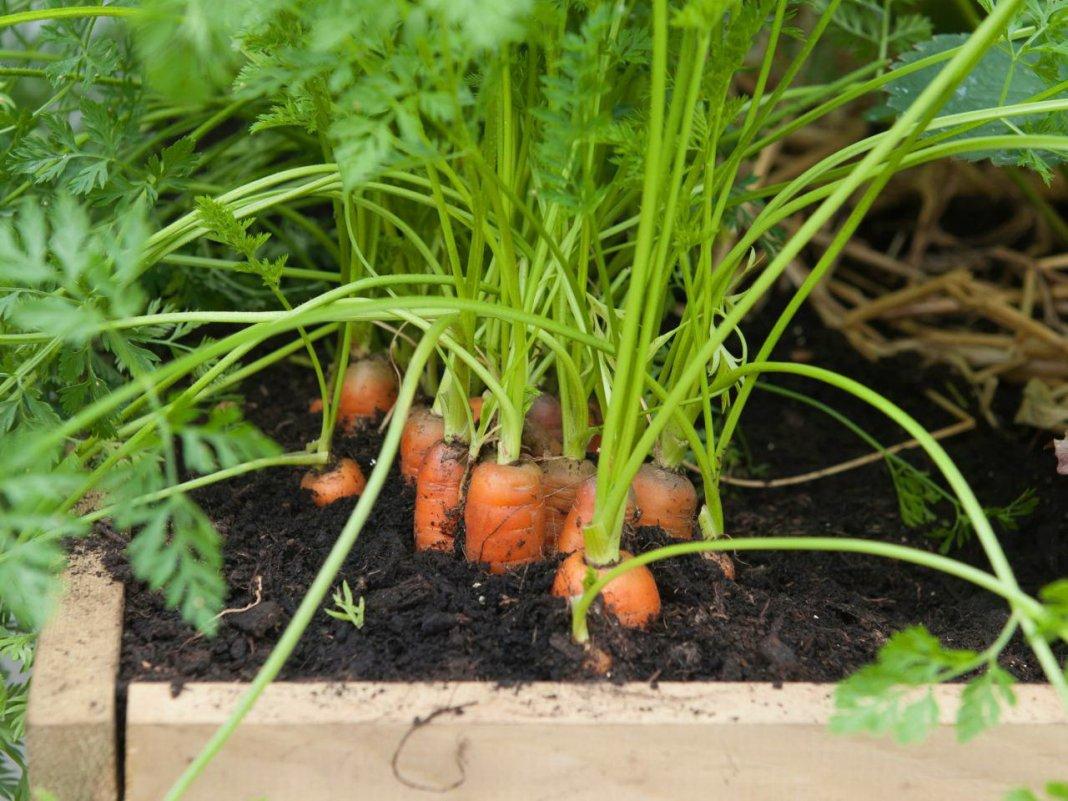
Soil deoxidation
Soil deoxidation is possible with the introduction of limestone and other substances that normalize the pH level. In such a soil, woody fruits with a low sugar content are formed.
Pebbles, clods of earth, chips and other solid particles
Abundant and frequent watering contributes to soil compaction. Because of this, the root system experiences oxygen starvation. Similar consequences arise when growing carrots in rocky soil.
In order for the plant to develop normally, after each watering or rain, it is recommended to loosen the bed.
When pre-sowing soil preparation, gardeners often use wood chips. Sawdust has a positive effect on the condition of the soil, but it takes a long time to decompose. Therefore, so that the root crop does not experience oxygen starvation, the chips are soaked in water for several days before being scattered on the site.
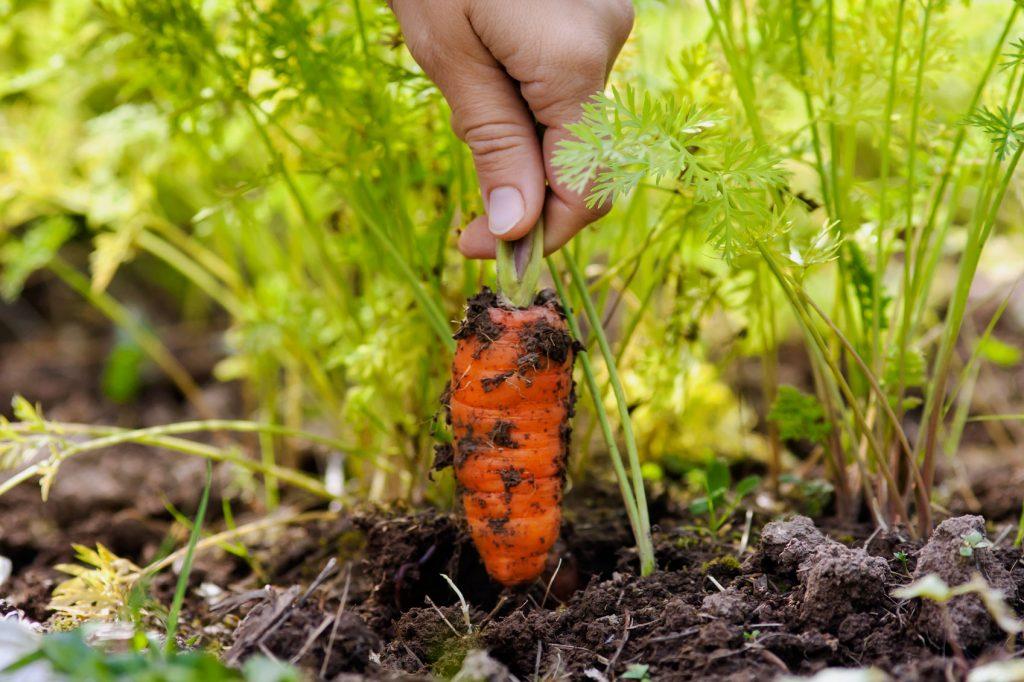
Excess moisture
Carrots have a long growing season. Root crops are formed within 4-5 months after planting. Moreover, carrots begin to ripen after the growth of tops stops. Therefore, the crop irrigation scheme depends on the current period of plant development. In the first months, carrots require frequent soil moisture.
But after 4-5 months, it is recommended to water the bed no more than three times a week. Due to waterlogging, the root crop cracks.
Wrong thinning
Carrots are planted in a garden bed by pouring seeds in a row into a prepared furrow. The main disadvantage of this method is that nearby roots interfere with the normal development of neighboring plants. To eliminate such consequences, after the appearance of the first leaves, it is necessary to regularly thin out the garden bed, removing part of the grown fruits. If you do not follow this rule, then the plant will not receive enough nutrients, due to which the fruits are deformed or covered with additional growths.
Lack of moisture
During the growing season, the culture requires regular and abundant watering. Together with moisture, the root crop takes micronutrients from the soil necessary for normal growth and development. Due to lack of water, carrots become tough and fibrous. Also, moisture deficiency negatively affects the taste of the fruit.
